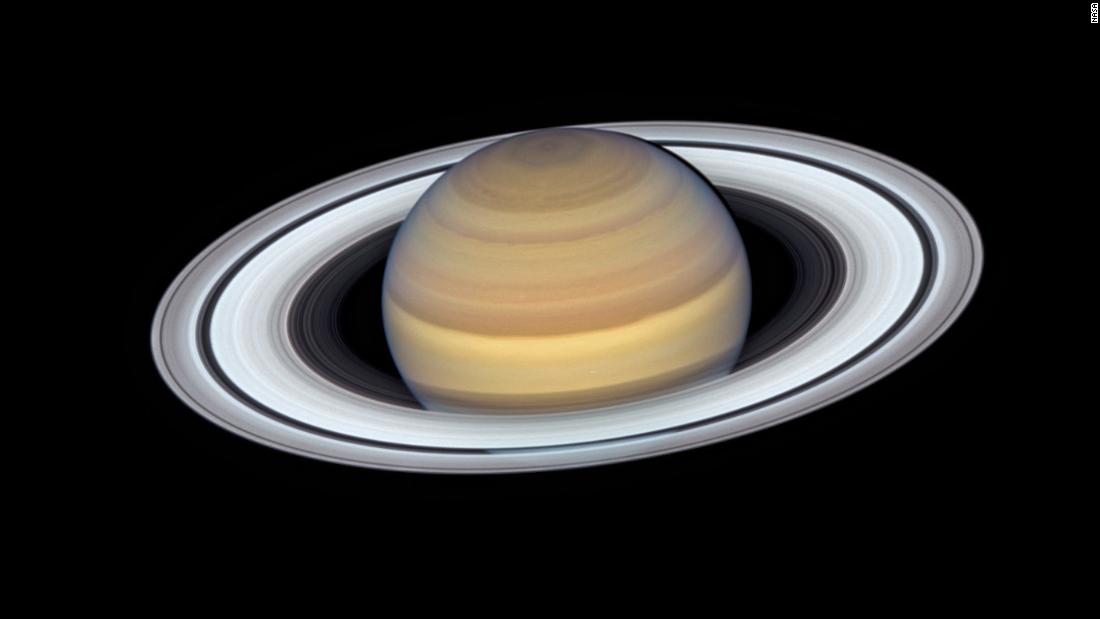
The planet’s rings could be from an ancient, missing moon, according to space scientists at the Massachusetts Institute of Technology and the University of California, Berkeley.
But around 160 million years ago, this moon became unstable and swung too close to Saturn in what the researchers described as a “grazing encounter” that smashed the moon apart.
While the gas giant likely swallowed 99% of the moon, the remainder became suspended in orbit, breaking into small icy chunks that ultimately formed the planet’s rings, the scientists suggested.
“A variety of explanations have been offered, but none is totally convincing. The cool thing is that the previously unexplained young age of the rings is naturally explained in our scenario,” said study author Jack Wisdom, a professor of planetary science at the Massachusetts Institute of Technology, in a news release.
Saturn’s unusual tilt
The study also sheds light on two other puzzling features of Saturn.
Previously, astronomers suspected that the planet’s 26.7-degree tilt came from gravitational interactions with its neighbor Neptune, but according to the study, the lost moon theory may provide a better explanation. The two planets may once have been in sync, and the loss of a moon could have been enough to dislodge Saturn from Neptune’s pull and leave it with the present-day tilt.
“The tilt is too large to be a result of known formation processes in a protoplanetary disk or from later, large collisions,” Wisdom said.
The researchers named the lost moon Chrysalis, because of the way they think it transformed the planet.
“Just like a butterfly’s chrysalis, this satellite was long dormant and suddenly became active, and the rings emerged,” Wisdom said.
He added that the research told “a pretty good story,” but would have to be tested and examined by other astronomers.
